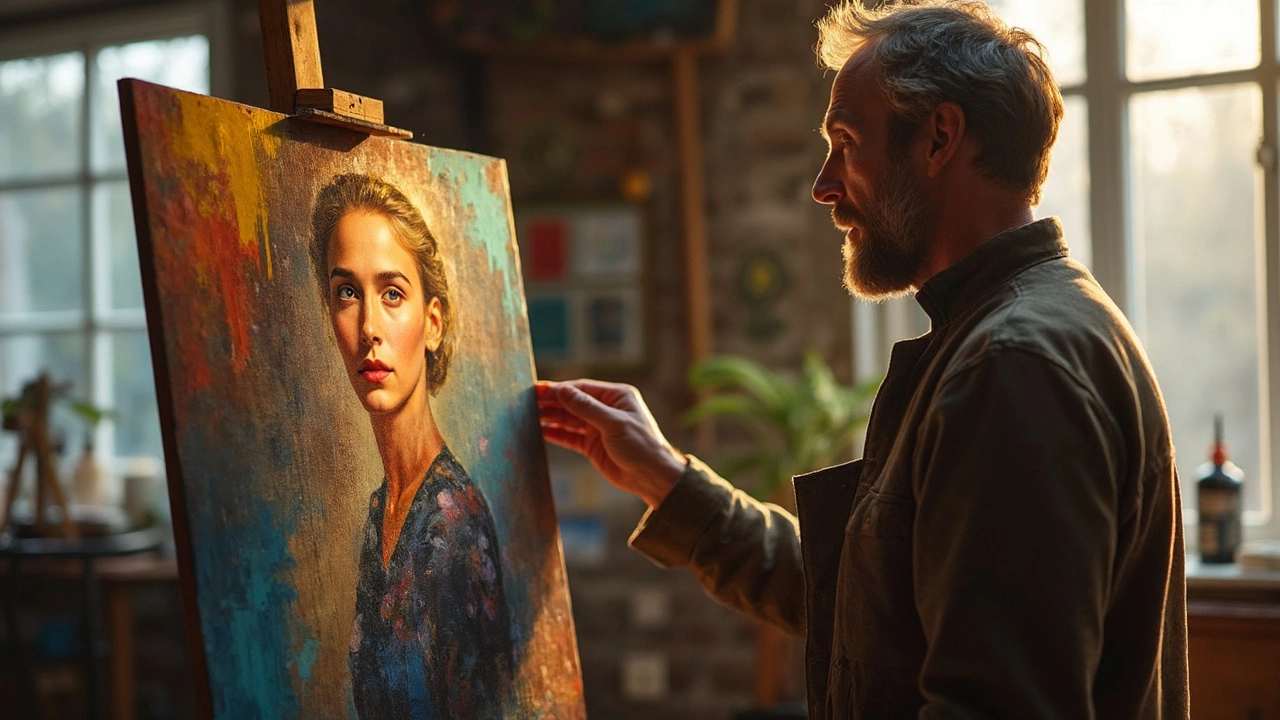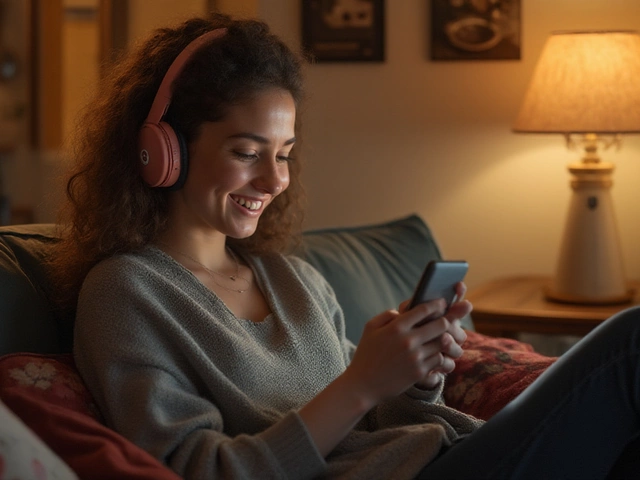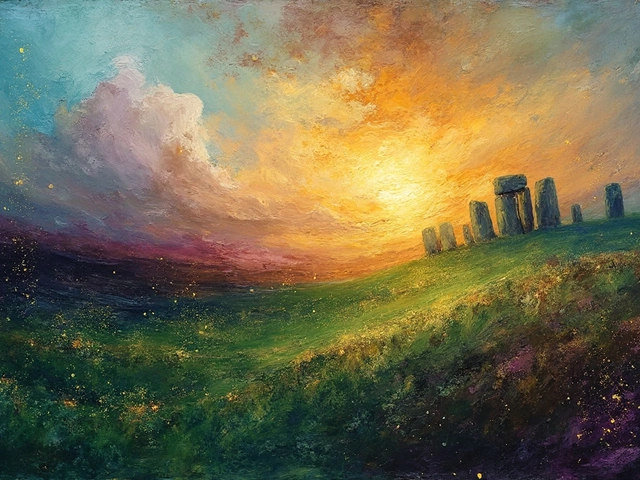Picking the right color for a portrait can be a game changer. Ever noticed how some portraits just pop, while others fall flat? It’s often all about the colors. Colors do more than just look pretty; they can highlight your subject’s personality, set the mood, and even tell a story.
Think of colors as your secret weapon. They set the tone, grab attention, and lead the viewer’s eye around the painting. For instance, warm colors like red, orange, and yellow can bring energy and excitement, while cooler tones like blue and green can add calmness or mystery.
But wait, there's more to it. Recognizing how colors interact with each other is key. Complementary colors, those that sit opposite each other on the color wheel, create a bold look when used together. Meanwhile, analogous colors, which sit next to each other, offer a more harmonious feel.
- Understanding Color Psychology
- Enhancing Features with Color
- Creating Mood Through Color
- Color Relationships and Harmony
- Practical Tips for Choosing Colors
Understanding Color Psychology
Colors don’t just add visual appeal to portrait painting; they evoke emotions and can influence how we feel about a portrait. It's fascinating how our brains react differently to various hues, making color selection critical to the artwork.
Red is a powerful, attention-grabbing color that can symbolize passion or intensity. It's often used to draw the viewer into the portrait, directing focus to specific areas. On the flip side, it might also convey aggression or urgency, so using it sparingly ensures it doesn’t overwhelm the painting.
Blue typically creates a sense of calm and tranquility. This color is great for portraits aiming for a serene vibe. Unlike red, blue helps the viewer settle and relax, which is why it's frequently seen in backgrounds or to soften the facial features.
Yellow is about happiness and warmth. Incorporating yellow can brighten up a portrait and inject energy into the scene. However, due to its brightness, it's vital to balance it with other colors to prevent it from overpowering the subject.
Mixing Colors for Impact
Using a single color is hardly enough. Mastering contrast and color relations is key. Complementary colors, like blue and orange, can make features pop. An analogous palette, with colors sitting next to each other like blue and green, brings subtlety and harmony.
| Color | Emotion | Common Use in Portraits |
|---|---|---|
| Red | Passion/Intense focus | Highlighting features |
| Blue | Calm/Serenity | Backgrounds/Outfits |
| Yellow | Joy/Warmth | Accents/Highlights |
Remember, the right color combinations can transform a basic portrait into a captivating masterpiece by playing on psychological triggers and emotional responses. Experimenting with best colors might take some trial and error, but understanding the basics of color psychology ensures you start with the right intentions.
Enhancing Features with Color
When it comes to portrait painting, selecting the right colors can really break or make the piece. You’ve got to think about how different colors can highlight or soften facial features. Imagine using a bold color like red on the lips. It draws the viewer's attention straight to the facial expression, sometimes even inviting them to ponder the emotion behind it.
Emphasizing Facial Structure
Many artists like to use cooler tones for shadowing. Blues, grays, or even purples can define the facial bone structure beautifully. These colors add depth and dimension, making the face look more three-dimensional. But be careful; the trick here is subtlety. Too much can make the face look dull or overly harsh.
Highlighting Eyes
The eyes are often called the windows to the soul, and the colors around them should enhance this. When you want the eyes to be the centerpiece, consider complementary eye shadow tones. For brown eyes, hints of blue can make them pop, whereas green eyes glow when paired with reddish tones.
Complementing Skin Tones
Matching colors to skin tones is an art in itself. Warm skin tones often look great with warm colors like copper and gold, while cooler skin tones shine with silver and jewel tones. It's about creating contrast without clashing.
The Use of Backgrounds
Also, don’t forget the impact of the background. The right background color can support the main features of the portrait. A neutral background can let facial elements come forward, while a bolder color can energize the whole piece.
Use of Saturation and Value
Playing with saturation and value can adjust the focus on specific features too. Higher saturation and bright colors can draw attention, while muted, low saturation tones can direct focus elsewhere.
In summary, using color to enhance the features in your portrait art requires a blend of understanding the subject and experimenting with shades, tones, and saturation. So, next time you pick up your brush, try out these tips to give your portraits that ‘wow’ factor!
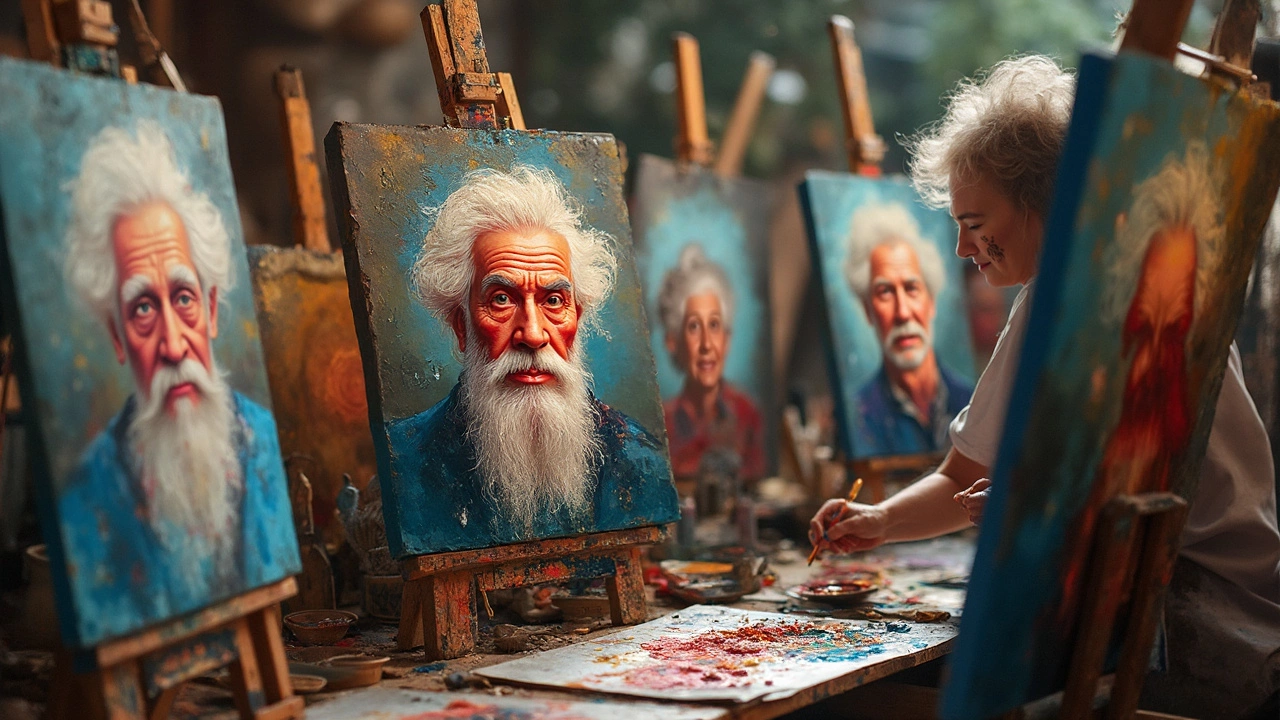
Creating Mood Through Color
Colors can speak volumes even without words. When it comes to portrait painting, how you choose and balance colors can drastically affect the vibe or mood of the piece. Want to evoke calmness? Think soft blues and gentle greens. Looking for vibrancy? Bright reds and oranges are your friends.
Colors have an uncanny ability to trigger emotions and set the scene. For example, a portrait with a predominance of cool colors like blue or green can feel serene, reflective, or even melancholic. These shades are often used to portray peace, tranquility, or introspection.
Brightening or Subduing the Subject
If you're looking to create energy and excitement, turn to warm colors. Colors like yellow, red, and orange can make a portrait feel more vivid and lively. They draw the viewer in and keep them engaged. However, too much vibrance can be overwhelming. Balance is key.
Consider the subject's story or the emotion you want to highlight. A soldier's brave moment might be best captured with bold red hues, while a more relaxed portrait of a novelist might shine with subtle browns or grays.
Using Color to Guide the Viewer
Here's where it gets fun: strategically using colors to guide the viewer's eye. By placing a bright color near the focal point, you can subtly steer attention where you want it. Contrast can also be a powerful tool. Want to accentuate your subject’s intense gaze? Use a different color tone for the background that makes them stand out.
| Color | Mood | Use |
|---|---|---|
| Blue | Calm, Trust | Background |
| Red | Passion, Energy | Highlight |
| Green | Growth, Harmony | Balance |
Remember, there's no one-size-fits-all with colors. Experiment, try combinations out, and see what happens. The key is to understand the story you want your portrait to tell and let the colors do the talking.
Color Relationships and Harmony
Understanding color relationships is like having a cheat sheet for creating visually appealing portraits. It’s all about how colors interact with each other. A strong grasp on this can transform an ordinary painting into something truly captivating.
Complementary Colors
Complementary colors are found opposite each other on the color wheel. Think of red and green, blue and orange, or yellow and purple. Using these in your portrait can make your subject stand out. They create contrast, making elements pop and catch the viewer’s eye.
Analogous Colors
These colors sit next to each other on the color wheel, offering a more seamless and harmonious look. They're great for creating a consistent mood. For instance, if you want a calm and unified appearance, you might opt for a series of blues and greens.
Color Triads
A color triad is formed by picking three colors that are evenly spaced around the color wheel. This method provides stability and comprehensive harmony without being too mellow or too stark. A balanced triad gives you a variety of tones to work with.
Let's look closer with an example, using a basic color wheel:
| Color Relationship | Example |
|---|---|
| Complementary | Red - Green |
| Analogous | Blue - Blue Green - Green |
| Triadic | Red - Yellow - Blue |
Warm and Cool Colors
Balancing warm and cool colors also plays a crucial role. Warm tones advance, meaning they come forward in a painting, making them ideal for highlighting the subject. Cool tones recede, offering depth and space. Use these strategies to give your portrait a sense of depth and focal points deliberately.
Remember, portrait painting isn't just putting colors on a canvas. It's about telling a story and guiding viewers through your narrative. The way you match and balance colors can support or change the story your painting tells.
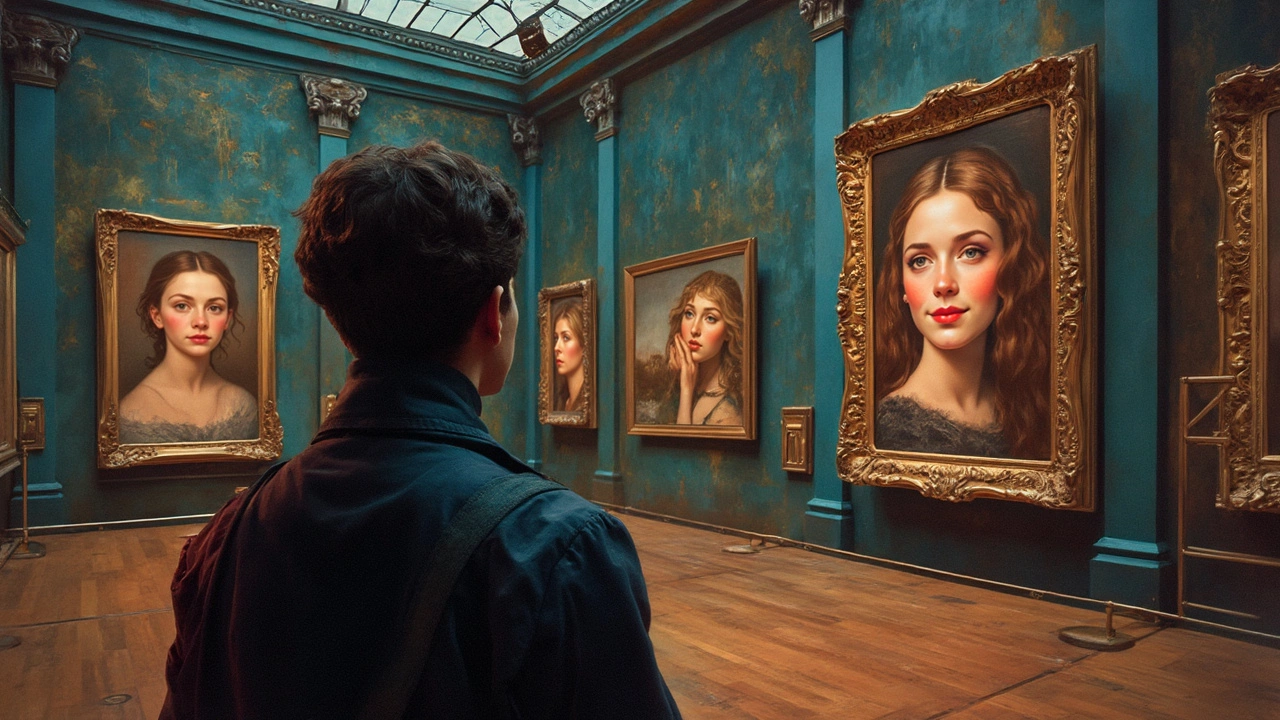
Practical Tips for Choosing Colors
When it comes to portrait painting, choosing the right colors is crucial. Not sure where to start? Here are a few practical pointers to help you nail it.
Consider the Subject's Skin Tone
One of the first things to consider is the subject's skin tone. Colors can either complement or clash with it. If your subject has warm undertones, like golden or olive, stick with warm colors like peach or coral for a harmonious look. Cooler undertones? Try using shades like blue or lavender to enhance the natural hues.
Think About the Background
The background shouldn't overpower your subject. If you're painting someone with a vibrant outfit, opt for a muted or neutral backdrop to let them be the star. Conversely, a dull attire can pop with a bold background color.
Use Color Psychology
Colors aren't just for looks; they convey feelings. Want to impart a sense of peace? Go with cool colors like blue or green. For energy or passion, warm colors like red and orange do the trick. Align your colors with the emotion you wish to evoke.
- Experiment with Color Combinations: Don't be afraid to mix and match. Complementary colors create contrast, while analogous colors give a seamless look. Test them out to see what fits your vision.
- Lighting Matters: Lighting can alter the appearance of colors, so consider where the painting will be displayed. A color that looks stunning under studio lights might look entirely different in natural daylight.
- Test Before You Commit: Before going full-scale, test your chosen colors on a small canvas or paper. This step helps you see how they interact, both with each other and with the subject's features.
Do Some Research
It's always a good idea to look at other artists’ works. What are the popular portrait art trends? Are there certain color palettes that are pleasing? Use these insights to inform your own choices.
Remember, at the end of the day, painting is an art, not a science. Feel free to trust your gut and break the rules when you need to—that's often where true creativity happens!
